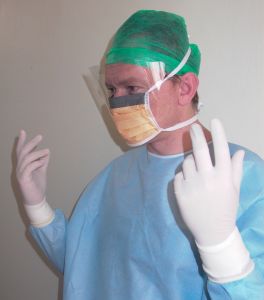While Bayer AG, the German pharmaceutical giant, has seen a recent increase in quarter-over-quarter profits, sales numbers for their bestselling drug, Xarelto, have actually dropped this past quarter for the first time since the United States Food and Drug Administration (FDA) approved it for market.
 Xarelto is a member of a class of drugs known as New Oral Anticogulants (NOACs) and, despite what drug makers claim, has been marketed as a replacement for Warfarin (Coumadin) for patients suffering from a serious medical condition known as atrial fibrillation (Afib). Afib is a serious heart condition, which can cause a patient to have a stroke or other serious clotting disorder. Due to Afib, patients must take either a blood thinner or other anticoagulant to prevent clots from forming. Not only can these clots block an artery causing heart failure or stroke, they can break free from the deep veins in which they formed and travel through the patient’s circulatory system to the lungs. If they puncture a hole in a patient’s lung, it leads to a serious medical condition known as a pulmonary embolism, which often results in death of a patient.
Xarelto is a member of a class of drugs known as New Oral Anticogulants (NOACs) and, despite what drug makers claim, has been marketed as a replacement for Warfarin (Coumadin) for patients suffering from a serious medical condition known as atrial fibrillation (Afib). Afib is a serious heart condition, which can cause a patient to have a stroke or other serious clotting disorder. Due to Afib, patients must take either a blood thinner or other anticoagulant to prevent clots from forming. Not only can these clots block an artery causing heart failure or stroke, they can break free from the deep veins in which they formed and travel through the patient’s circulatory system to the lungs. If they puncture a hole in a patient’s lung, it leads to a serious medical condition known as a pulmonary embolism, which often results in death of a patient.
Continue reading
 Product Liability Lawyer Blog
Product Liability Lawyer Blog











